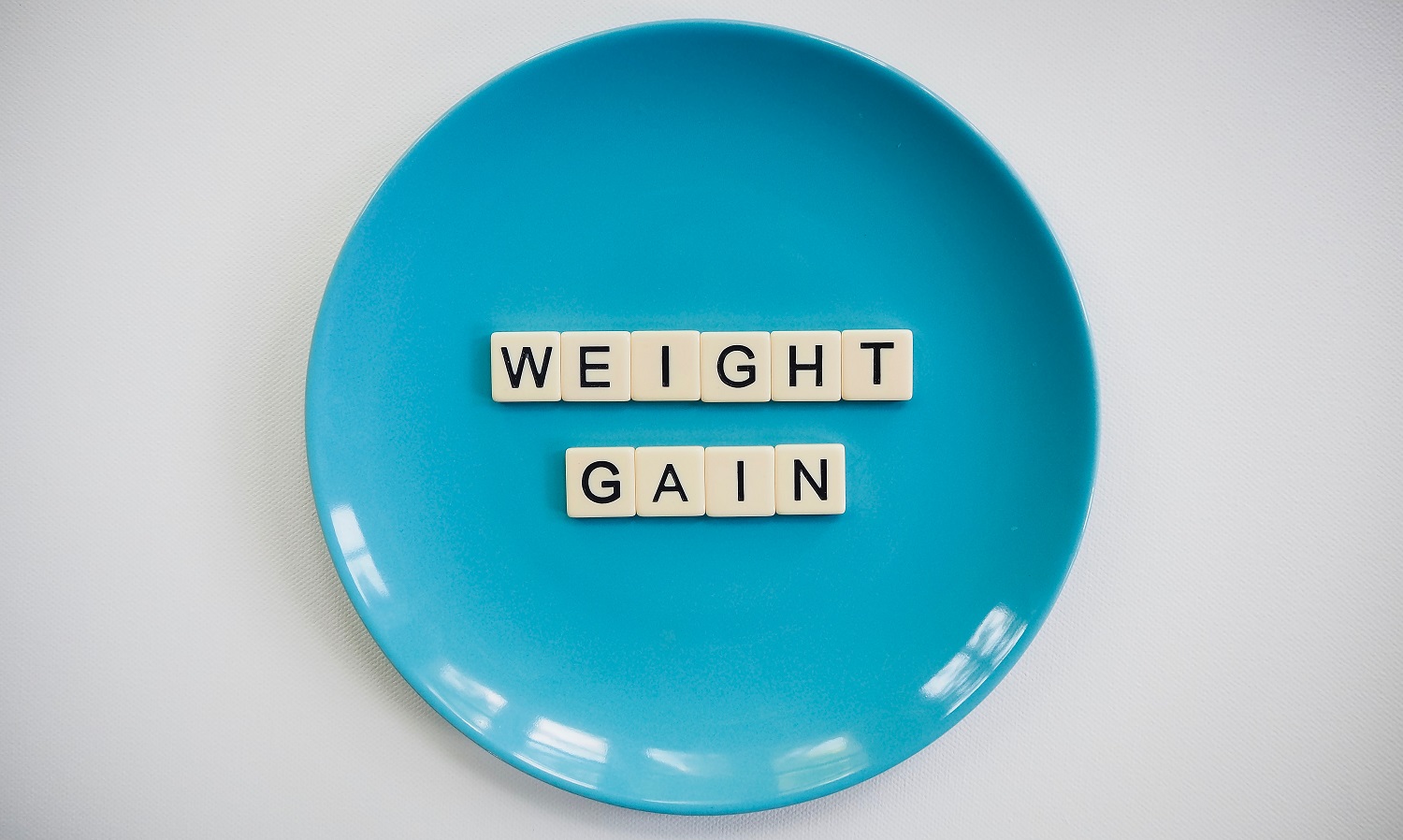We all know the stereotypical behaviour that January will bring. The gyms will be full and memberships will suddenly increase. People will come and try a yoga class, say it is the best thing they have even done and you will see them once again if you are lucky. Everyone will be trying dry January or Veganuary and sharing their latest low fat menu diet.
I have always scoffed at such behaviour and just thought if I could do regular moderate exercise alongside my daily dog walks, coupled with my vegetarian diet, I will manage to stay in trim. I am not going to be a ripped Adonis, but I will slow down the ravages of time.
By Easter last year, this approach was no longer working. I had gone up a waist size, then these seemed too snug and when I stood on the scales, I found my weight had increased by 20% too.
Was this change in my body the result of an alteration in my metabolism with the time until I turned fifty at that point being measured in months rather than years? Or could I still make a sustainable change in my habits to return to my previous dimensions?
I started to make small increases in the quantity of my exercise but after six weeks my body weight did not change. I have a sedentary job, leaving early in the morning and returning late in the day. I recognised that whilst I could complete more exercise, this would not necessarily be supported by my family.
One of the things that I have been fascinated by is the idea of marginal gains as proposed by people like David Brailsford and Sir Clive Woodward. The idea being that you make considerable improvements by making a series of slight changes so this is what I began to look at.
Step 1: Reduce Carbs
- Breakfast: My breakfast had consisted of a bowl of cereal and two pieces of toast in the week. I reduced this by one piece of toast.
- Lunch: Previously I had made a packed lunch every day which was four pieces of bread with either cheese or Quorn with salad. I swapped this for a box of salad. I knew I had to ensure that I would not feel hungry so the base of my salad was a can of either mixed beans, butter beans or kidney beans. I then added chopped green salad and on top of this would cut up protein such as Quorn or jack fruit.
Step 2: Reduce temptations
- I had begun to eat chocolate biscuits at work and on office days the box of biscuits was being dug into too often. So instead, I filled my drawer with ‘trail mix.’
- On days when I was driving around it was all too tempting to pop into a Greggs for my favourite vegan sausage roll or cheese and onion pasty. I decided that this was no longer an option and had another box of trail mix in my car.
- In the evenings with two teenage children at home there had been temptation of pizzas being cooked at supper time and family sized packets of crisps being passed round. I knew that I would be tempted by savoury snacks so made sure that every time I went to the supermarket, I bought low calorie popcorn and other low-calorie savoury snacks to graze on so I would not feel left out.
Step 3: Track my progress
- The bathroom scales were found and I began to weigh myself daily which gave encouragement but also had considerable fluctuations.
- I found an old set of electronic scales and started checking body fat and weight. I found seeing both numbers much more positive.
This all began to work; the weight began to reduce and these small decreases gave me the encouragement that I needed. By the end of the summer my body weight had returned to that when I was a teenager. On my first day back at work after the summer holiday. Several of my colleagues were visibly surprised with one just saying, ‘you look amazing.’
It made me think it really is true, that weight loss is 20% effort in the gym and 80% in the kitchen.
Main photo by Total Shape on Unsplash





